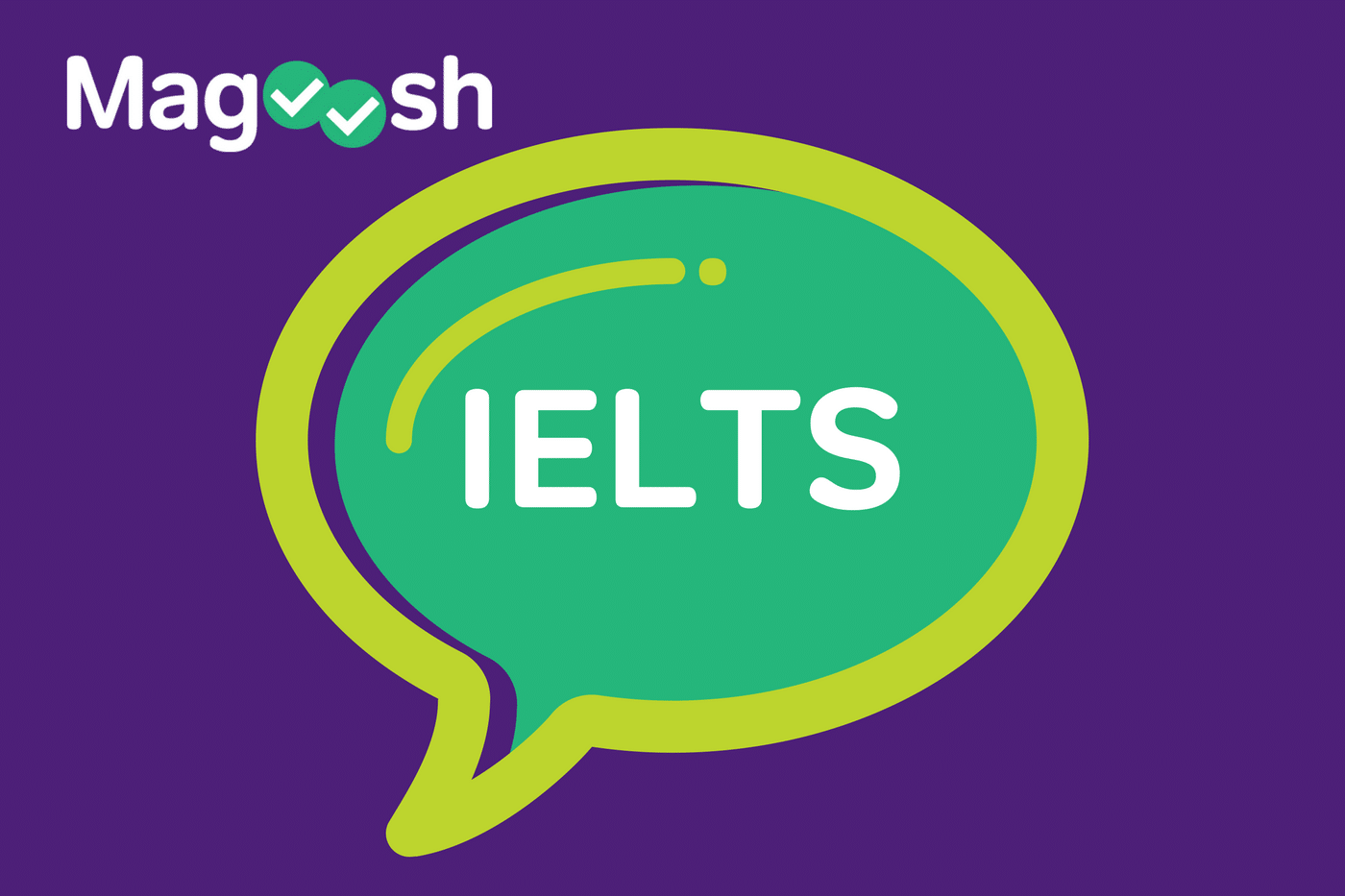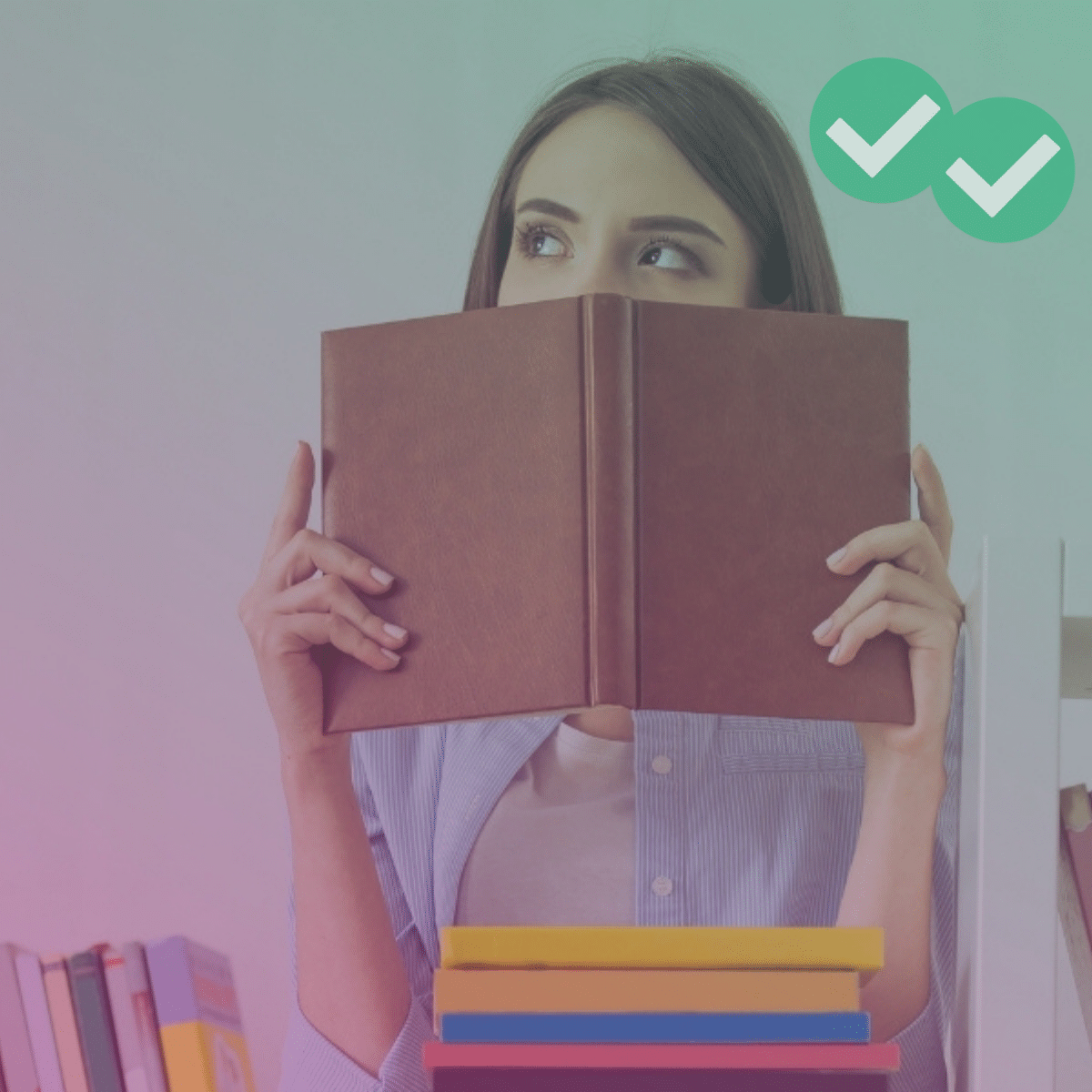
(UPDATE: This podcast mentions underlining words and ideas in IELTS Reading passages, but fails to mention that you can also use the highlight funciton for on-screen underlining in the new IELTS computer-delivered test.)
Four IELTS Academic Reading Strategies
Listen and subscribe on iTunes or Stitcher. Or listen right here:
In this episode, you’re going to learn about the IELTS Reading Section!
We’ll cover:
- Four important Academic IELTS Reading strategies
- The difference between the Academic and the General Training IELTS
- Tips for the Academic Reading IELTS
- What types of questions will be on the test
If you like this lesson, please subscribe on iTunes or Stitcher for more IELTS lessons, and check out all of our IELTS Podcast episodes here!
And don’t forget to check out our Free IELTS Practice Test!

IELTS Podcast: Episode 20 Transcript
Translations: (Tiếng Việt)
Naomi: Welcome to the Magoosh IELTS Podcast!
This is Episode 20. In this episode, you’re going to learn about the IELTS Reading Section, including four important Academic IELTS Reading strategies.
First your IELTS teacher Eliot and I will discuss the difference between the Academic and the General Training IELTS, then we’ll give you some tips for the Academic Reading IELTS, and we’ll end by talking a little bit about what types of questions will be on the test.
Don’t forget to visit us at IELTS.Magoosh.com for more great resources to improve your IELTS band score. Use coupon code “ieltspodcast” to save 20% off your IELTS test prep!
Okay, let’s get started!
Today we’re discussing some basic information you should know for the IELTS Reading test–including four useful strategies to help you get a good score!
Eliot: The first thing to know is the IELTS Reading Test can actually be one of two versions: the Academic version or the General Training version.
Naomi: So, there are two versions of the IELTS?
Eliot: Yes. Different programs and universities will require one version or the other, so make sure to check which version you should take!
Naomi: But both tests evaluate your English reading skills, so they should have a few things in common, right?
Eliot: That’s true! The Speaking and Listening sections are exactly the same. The reading and writing selections are really where you’re going to see the important differences between the two tests.
Naomi: That makes sense. The Academic version of the IELTS is supposed to show how comfortable you are with jargon and technical language, so the readings they choose will probably use more advanced vocabulary than the General Instruction version, right?
Eliot: Exactly. If you plan on taking the Academic version, having a large vocabulary will definitely help you out. You can expect to see sections from academic journals, technical charts and graphs, and textbooks, but also newspapers and magazines.
Naomi: And the General Training version is more like what you would encounter in everyday life?
Eliot: Yes, think advertisements and short magazine articles at the beginning, then more work-related texts in the second section. The last section will be a little more abstract and academic — that’s the trickiest part of the General Training version.
Naomi: Since these selections are usually from sources like newspapers and magazines, would reading regularly in English help expand your vocabulary?
Eliot: Yes that’s a great idea–and we also have practice tests at Magoosh.com to help you prepare for the specific vocabulary you may encounter!
Naomi: So Eliot, now we know the differences between the Academic IELTS and the General Training IELTS. What are some strategies students can use for taking these tests?
Eliot: The first strategy is to skim each passage for 3 to 5 minutes before looking at the questions. Since you only have sixty minutes to get through the Reading section, pacing is going to be important for staying on track to finish. If you skim the texts before reading the questions, you’ll already have a basic idea of where to look in the text for answers.
Naomi: I think it helps to set a framework for how much time you’ll spend on each section — because the test is sixty minutes long and has three sections, you should try not to spend more than twenty minutes on each one.
Eliot: That’s a great idea. You could spend three minutes skimming the test before looking at the questions, so you know where to look in the section for the answers you need.
The reading test has 40 questions, and although some are easier or more difficult, they’re all worth one point. It makes sense to move on if you’re having trouble answering one and come back later if you have time.
Naomi: Right! Don’t miss out on easy points.
Eliot: But you shouldn’t forget to read the directions, either. It’s never a waste of time to make sure you know how to mark the right answer, or the right kind of format to use.
Naomi: Exactly!
Before we find out some other IELTS Reading strategies, let’s pause for a word from Magoosh.
Kevin: Do you want a great IELTS score?
Magoosh can help!
Here’s what you’ll get with Magoosh:
· In-depth video lessons that cover concepts, pitfalls, and shortcuts
· Over 200 practice questions to help you prepare for your exam
· 24/7 email access to a team of remote tutors ready to answer your questions
Are you ready to improve your score and get into your dream program? Great! We’re ready to help you. Visit us at ielts.magoosh.com and use coupon code “podcast” to save 20% off your IELTS test prep.
Now back to the show!
Naomi: So Eliot, what are some other strategies people can use on the IELTS Reading Section?
Eliot: We’ve already talked about the basics of skimming. The second strategy is to underline keywords in the text as you skim.
Naomi: I try to always look at the title and read the first couple sentences, and underline parts that seem important so I can find them quickly.
Eliot: Yeah, make sure not to get caught up in details, and just ignore words you don’t recognize — they’ll only slow you down.
Naomi: Great, so what’s strategy number three?
Eliot: It’s very similar to our last tip. Strategy number three is to write short notes as reminders about the passage as you skim. That way you can easily locate different parts of the passage later.
Naomi: Good idea! And strategy number four?
Eliot: Strategy number four is to find keywords in the questions, and scan the passage to find those keywords, or paraphrases of those keywords, in the text.
Naomi: So you’re saying that by identifying keywords in the questions, you can easily go back and find the matching concepts in your notes on passages?
Eliot: Yes! For example, if a question asks about a name or date, those should be easy to find in the text.
Naomi: Okay, I see those are helpful strategies. So Eliot, are there certain types of questions that show up a lot in the IELTS Reading Section?
Eliot: Yes! The IELTS has multiple-choice questions like most other tests, but it has some other, more unusual types of questions too.
Naomi: You’re talking about the True/False/Not Given questions, right?
Eliot: Yes, those are one example, and they can be really difficult. For True/False/Not Given questions, you’ll need to decide whether a given statement is true or false according to the passage. If the statement is confirmed by something in the passage, mark “true”…if it can contradict something found in the passage, mark “false”. But if the information isn’t in the text at all, you should mark “not given”.
Naomi: Okay, so I know there are also “matching” questions on the IELTS. Can you tell us about those?
Eliot: Yes, you’ll see questions asking you to match headings, information, features, and sentence endings with different paragraphs from the reading selection.
Naomi: Okay, sounds pretty straightforward. What about “sentence completion” and “short answer” questions?
Eliot: Sentence Completion questions ask you to fill in blanks from words in the text from the ends of sentences. For Short Answer questions you just need to answer a question using information from the text.
Naomi: Okay. And I know there are also “completion questions”…what are those?
Eliot: Those are questions that ask you to complete a set of notes, a table, a diagram, or a summary with information from the reading.
Naomi: Makes sense…and those are all the types of questions in the Reading Section, right?
Eliot: Yes, I think that about sums it up! Just remember to skim the passage before reading the questions, underline and make notes, and don’t waste time on questions you can’t answer!
Naomi: So what did you think? If you need more practice, check out the show notes for a transcript of this episode and links to the resources we mentioned.
Oh and by the way! We’re looking for volunteers to help us translate the show transcripts from English to your first language. If you are interested, please email me at [email protected] with the subject line “translation,” and let me know what language you can translate into!
Thanks for listening! If you like our show, help us out by leaving a rating and review in Apple Podcasts, it helps people find us! And don’t forget to hit the subscribe button. Until next time! This is Naomi at Magoosh, wishing you happy studying!






Leave a Reply